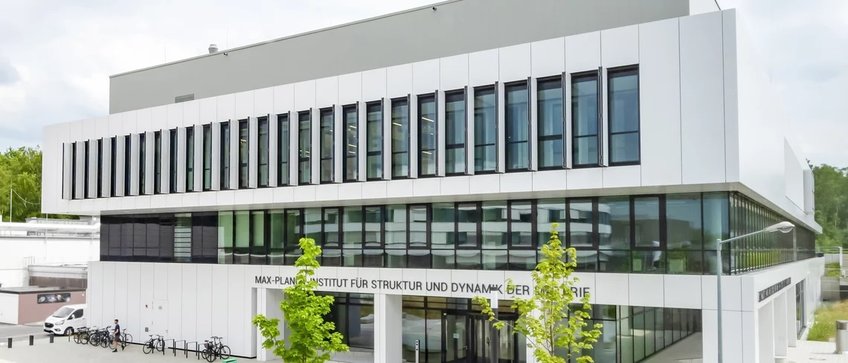
About the Institute
The Max Planck Institute for the Structure and Dynamics of Matter (MPSD) investigates the structure and properties of matter down to its atomic and electronic motions, on the ultrashort timescales of femtoseconds and attoseconds. To this end, scientists use the unique range of world-class light and radiation sources on the Science Campus Bahrenfeld, from the MPSD's own laser sources to the Free Electron Laser FLASH, the synchrotron radiation source PETRA III and the nearby European XFEL. Their research has produced groundbreaking insights into the properties of a wide range of materials and their potential uses.
At present, the Institute is mainly active in the following fields of research:
- Condensed matter physics, with a focus on the study of cooperative phenomena, collective excitations and on the quantum control of complex solids.
- Chemistry, with a focus on the study of the dynamics of small and large molecules as they carry out physical, chemical and biological functions.
- Theory, in particular the study of electronic and structural properties as well as the dynamics of novel materials, nanostructures and biomolecules.
The MPSD was officially founded on January 1, 2014 with the Condensed Matter Dynamics Department of Andrea Cavalleri, and the Atomically Resolved Dynamics Department of R. J. Dwayne Miller. On November 1, 2014, the Institute added the Theory Department of Angel Rubio. R. J. Dwayne Miller left the MPSD on 30 June 2020. Philip Moll joined the Institute as a new director on 15 June 2021 and leads the Microstructured Quantum Matter Department. In the future, the Institute will host up to five divisions and several research groups.
The Institute is a partner in the Center for Free-Electron Laser Science (CFEL), on the Science Campus Hamburg Bahrenfeld, which it shares with DESY and the Universität Hamburg. An additional building to accommodate the growing Institute is being constructed next to the CFEL.